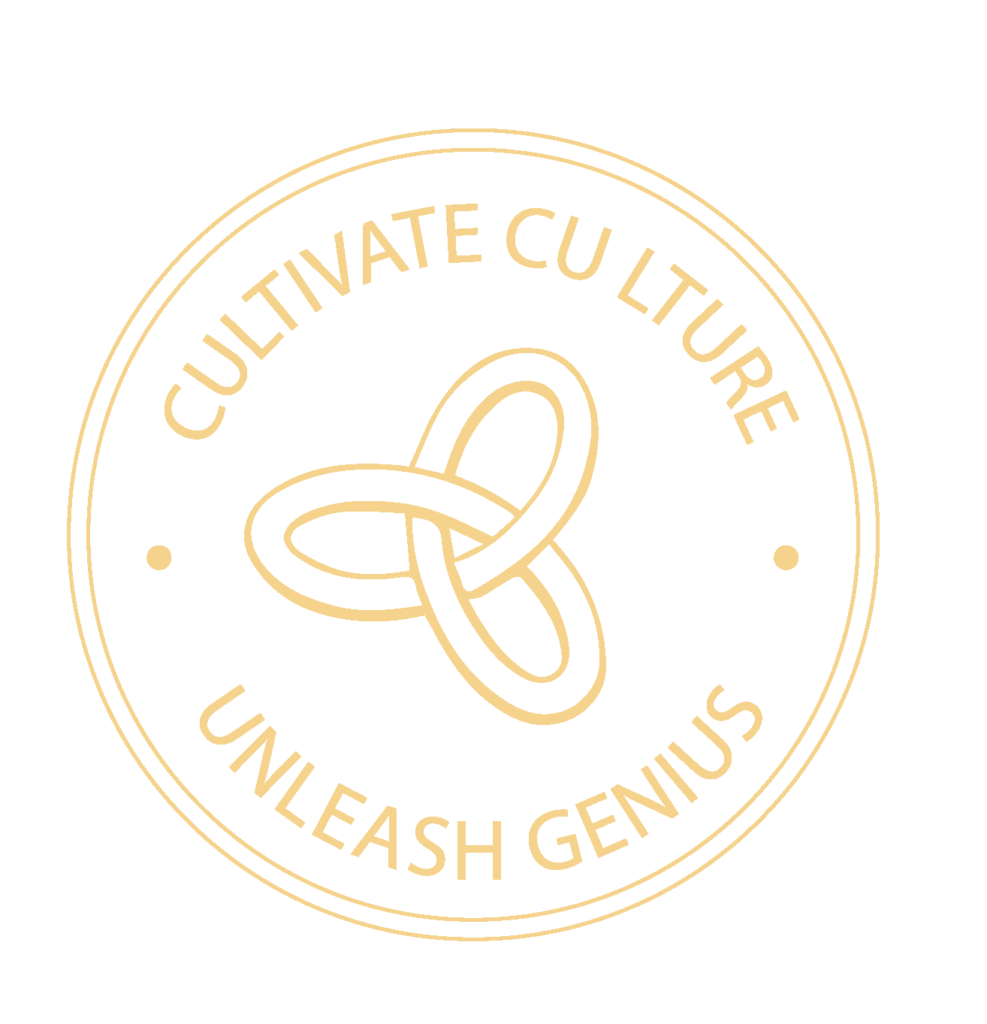Month-long observances:
National Women’s History Month
Too often, women’s contributions to the world have been ignored, overshadowed, or brushed aside. This month is dedicated to honoring the determination and gifts women have shared with the world throughout history, with the 2025 theme “Moving Forward Together! Women Educating & Inspiring Generations.”
Observation Suggestion: The best way to honor women in your organization is to ensure their contributions are equally valued. If you don’t know whether or not there’s a gender pay or leadership gap, commit to measuring. If you know there is, commit to closing the gap with specific actions. If you know there isn’t – celebrate!
Developmental Disabilities Awareness Month
About 15% of people worldwide live with developmental disabilities. The same people face barriers every day, preventing them from being fully included in even the most fundamental opportunities. Developmental Disabilities Awareness Month sheds light on the relationship between the way people function and how they’re able to participate in the communities around them.
Observation Suggestion: Research developmental disabilities and learn about the different barriers individuals with disabilities may face. Leverage that information within your organization so you can limit those barriers. Bring in a professional to help bridge the gaps!
Ethnic Equality Month
Ethnic Equality Month is an opportunity to overcome biases and recognize and appreciate the differences and commonalities between people of various backgrounds.
Observation Suggestion: Hire a team to assess your organization’s culture to find the most prominent implicit biases. Then, work to create a space where all ethnicities are respected and appreciated.
Gender Equality Month
According to the United Nations Development Program, about 90% of all people hold a bias against women. Gender equality is still not a reality despite women holding an indispensable role in our societies. This month is about raising awareness of this gender bias and celebrating women’s contributions and achievements.
Observation Suggestion: Host a workshop to teach your teams about gender biases, including the nuances they may not realize contribute to inequality. Select one of our customized professional development workshops to pour into the women in your workplace.
Greek-American Heritage Month
Today, there are over 2.5 million Americans with Greek heritage. Greek culture has a strong influence on American arts, knowledge, and even civic responsibility. This month also includes the celebration of Greek Independence Day!
Celebration Suggestion: Invite employees with Greek heritage to share family history or traditions with their colleagues during an informal social hour.
Irish-American Heritage Month
Irish-American Heritage Month is a month-long celebration of many Irish contributions to American culture, with a spotlight on the celebration of St. Patrick’s Day.
Celebration Suggestion: Look into how people of Irish heritage have impacted your industry or your headquarters location and share those historical connections as part of your St. Patrick’s Day celebration.
National Colon Cancer Awareness Month
With over 100,000 new cases every year, colon cancer is the fourth most common cancer in the United States. This month, we dedicate time to spread awareness of both symptoms and early detection so more people have the information to save their lives earlier.
Observance Suggestion: Raise awareness through your all-staff newsletter or intranet with information about risk factors and screening for colon cancer, and how your benefit plan covers preventative measures.
National Kidney Month
Kidney disease is known as a silent disease because of how few symptoms appear until it’s very advanced. National Kidney Month raises awareness about the risks of undetected kidney disease and lifestyle changes that can help maintain kidney health.
Observance Suggestion: Host a health fair for employees to be screened for high blood pressure (a common risk factor), and access resources about healthy diets and reducing stress.
National Multiple Sclerosis Awareness and Education Month
Multiple sclerosis is an autoimmune condition that can cause many different symptoms including difficulty walking and changes in memory. This month, we aim to raise awareness of the disease, bringing attention to current research as well as new information on treatment.
Observation Suggestion: There are a number of walks and events you can participate in to help raise funds for research. Become a corporate sponsor of an event and encourage employees to participate as part of a company team.
Calendar dates:
March 4 — Mardi Gras
Easily one of the biggest celebrations in the world, Mardi Gras, or Fat Tuesday, represents the last day to eat fatty foods and/or meat before the Christian observance of Lent. Mardi Gras is full of rich foods, vibrant music, elaborate masks, and fun parties. People all over the world celebrate, but the festivities in New Orleans are the most well-known.
Celebration Suggestion: If your organization is known to come together around food, this is a great time to have a festive meal catered. Don’t forget the King Cake – whoever finds the baby has to buy the next one!
March 5 — Ash Wednesday
Six weeks before Easter, this solemn Christian holiday is all about fasting and prayer. This signifies their recognition of Christ’s 40-day and 40-night fast before the Crucifixion, a period known as Lent.
Observance Suggestion: Understand that some employees may not eat at office celebrations, or will eat very little. Minimize office activities centered around food and where possible, limit late afternoon meetings.
March 7 — Employee Appreciation Day
Appreciating your employees authentically goes a long way! Today is a reminder to managers to show their appreciation for the hard work their employees do. A strong employer-employee relationship is the foundation of any successful business.
Celebration Suggestion: In addition to the swag and celebrations your employees may enjoy, consider showing your appreciation for your direct reports’ hard work by writing LinkedIn recommendations about each of them and the value they bring to your team.
March 8 — International Women’s Day (same every year)
International Women’s Day is a celebration of all women and their achievements around the world. Women everywhere are impacting how we communicate, run our communities, and influence our governments.
Celebration Suggestion: Do you have women providing critical solutions within your organization? Offer a leadership development course or a workshop to level up in their careers. Do you have women working on integral parts of projects? Make sure their names are clearly credited so that your clients and the people you work with know the names of those who directly helped them. Do you have women who are working beyond their job description? Re-evaluate their compensation to reflect their actual workload.
March 12 — Equal Pay Day* (2025 date announced at year’s end)
While corporate and legal action to decrease the gender pay gap is on the rise, women still make, on average, 84 cents for every dollar of a man. The goal of All Women’s Equal Pay Day is to continue raising awareness until women don’t have to work twice as hard to make the same money as their male counterparts.
Observation Suggestion: Hire an expert to assess the pay structures within your organization and find the gaps. Then, create a system that will help bridge it. Bring in a professional to help navigate the ways your leaders can overcome the biases that lead to pay gaps across organizations.
March 13-14 — Purim (Jewish)
Purim is a Jewish holiday that celebrates the deliverance of the Jewish people from Haman, a Persian official who sought to exterminate them. The story is told in the biblical book of Esther. Purim is a joyous occasion marked by feasting, drinking, giving gifts to the poor, and reading the Megillah, the scroll that tells the story of Purim.
Observation Suggestion: Some who observe may be fasting, so be mindful of the effects that may have throughout the day. Consider visiting a Jewish bakery and bringing in hamantashen cookies to share with the office when the fast breaks. And to wish someone a happy Purim, say: “Chag Purim Sameach” [khahg poo-REEM sah-MAY-akh].
March 14 — Holi (Hindu)
Holi is a Hindu festival to welcome Spring. It’s seen as a new beginning where people can let go of whatever has been holding them back and start over. Many Hindus let loose during this time because it’s when the gods turn a blind eye. They cover themselves in colorful powder, dance in crowds, and party in the streets.
Celebration Suggestion: Host a brief presentation or virtual workshop to educate employees about the history, traditions, and significance of Holi. Invite team members who celebrate the festival to share personal experiences or stories. Encourage employees to wear bright, colorful clothing to symbolize the vibrancy of Holi. You can even hold a friendly “most colorful outfit” contest to add fun!
March 14 — Pi Day (same every year)
The mathematical value of pi, the circumference of a circle, is approximately 3.14. Teachers and STEM professionals venerate this equation on 3/14 with fun, education, and of course, pie. Several bakeries will carry Pi Day deals, and many people will enjoy the perfect circular dessert.
Celebration Suggestion: Honor the math enthusiasts by getting your own spread of pies to share in your organization! Don’t forget to shop small at a local bakery.
March 17 — St. Patrick’s Day (same every year)
St. Paddy’s Day, Saint Patties, St. Patrick’s Day… whatever you call it, you likely know it as the day everyone calls themselves Irish. Saint Patrick’s Day is celebrated in more countries around the world than any other single holiday, and is filled with green clothing, shamrocks, and colored beer.
Celebration Suggestion: Invite employees with Irish heritage to share family history or traditions with their colleagues during an informal social hour.
March 20 — Naw-Ruz (Baha’i New Year)
Translated, Naw-Ruz is Persian for “New Day.” It’s a Bahai holy day observed with joy and optimism, as well as the practice of their faith. There’s no one way to celebrate, but many Baha’i people get together with their families to read scripture and share a meal.
Observation Suggestion: Make sure employees have flexible time off to observe. Consider hosting a “Signs of Spring” celebration and include Naw-Ruz alongside holidays like Easter and Holi.
March 21 — Harmony Day (same every year)
Originally an Australian celebration, National Harmony Day is now recognized worldwide. This day is dedicated to bringing unity to all people, regardless of their differences. It aims to create a world of peace and understanding between neighbors, coworkers, and community members.
Celebration Suggestion: Host a workshop to talk about the diversity within your organization. Celebrate each individual detail that comes up to show the span of differences and commonalities that contribute to your culture.
March 21 — World Down Syndrome Day (same every year)
About 6,000 babies are born with Down syndrome every year. World Down Syndrome Day was created to generate awareness and promote inclusivity so that those with Down syndrome can have the support to participate in society without obstacles in their way.
Observation Suggestion: To honor the 2025 theme, “End the Stereotypes,” share resources from ListenIncludeRespect.com – a guide created by people with down syndrome to encourage creating inclusive environments.
March 25 — International Day of Remembrance of the Victims of Slavery and the Transatlantic Slave Trade (same every year)
The slave trade lasted over four centuries and impacted nearly 15 million African men, women, and children. This day is meant to honor those victims and pay respects to their stories.
Observation Suggestion: Research whether and how forms of exploitation and structural oppression played a role in your company or industry’s history, share what you’ve learned, and open a conversation about how to make amends.
March 26 — Laylat al-Qadr (Muslim)
The Night of Power is the holiest night of the year for Muslims. On this night, the angel, Jibril, delivered the first verses of the Holy Qur’am to the prophet Muhammad. During this time, sins are forgiven and the annual decree of people is revealed to angels.
Observance Suggestion: Observation traditionally includes fasting and prayer. Be mindful of employees who may require rest or time off to incorporate their practices into their day.
March 29-30 — Eid al-Fitr (Muslim)
Eid al-Fitr, the “Festival of Breaking the Fast,” marks the end of Ramadan, the Islamic holy month of fasting and spiritual reflection. This joyous celebration is a time for gratitude, charity, and community. Muslims often gather for communal prayers, share festive meals, and give to those in need through Zakat al-Fitr, a special act of charity.
Observance Suggestion: Recognize that employees may take time off to celebrate with family and community — offering flexibility and understanding around scheduling can be helpful.
March 31 — International Transgender Day of Visibility (same every year)
This day is set aside to honor and celebrate the transgender population. Too often, transgender people are discriminated against because they don’t “fit in” society’s standards. Transgender Day of Visibility encourages people to stand up and declare that transgender people deserve protected rights so they can feel safer being themselves.
Observance Suggestion: As transgender people face a new wave of overt discrimination, many rallies and events showing support are taking place in local communities. Provide employees with information about those events and allow them time off to participate to show support.




